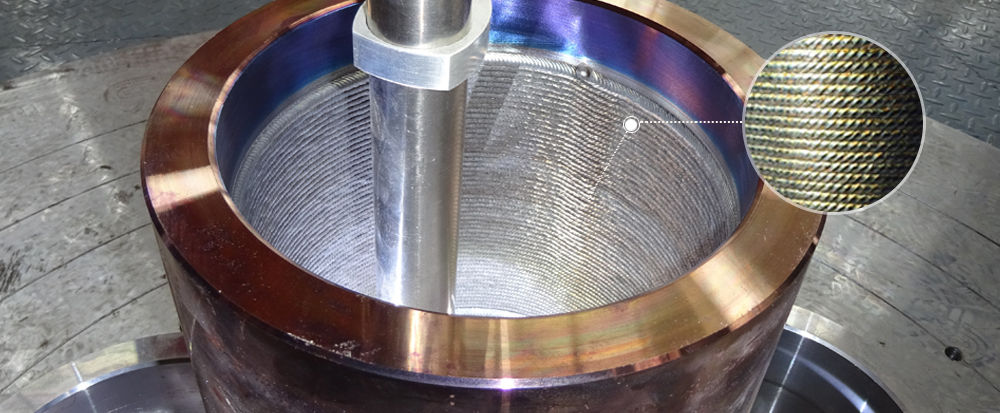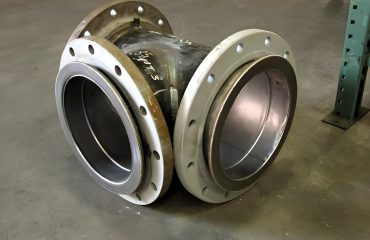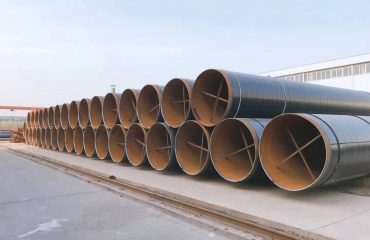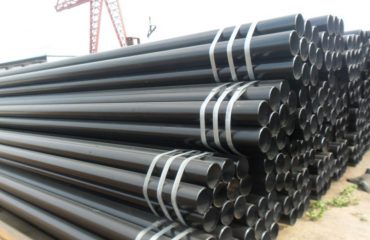
Lined pipe and clad steel pipe are two types of composite pipes used to enhance the performance and durability of piping systems in various industries, especially in corrosive environments. They differ in their manufacturing processes, characteristics, and use cases.
Lined Pipe
Lined pipes consist of an inner layer or liner made from a corrosion-resistant material, such as plastic, glass, or a corrosion-resistant alloy, which is inserted into a metallic outer pipe. The primary purpose of the liner is to provide chemical and corrosion resistance, protecting the outer pipe from corrosive media.
Lined pipes are commonly used in industries where highly corrosive fluids are present, such as chemical processing, oil and gas, and pharmaceutical manufacturing. They are also used in water treatment and distribution systems to prevent corrosion and contamination.
Advantages of Lined Pipe
- Good corrosion resistance: The inner liner provides excellent protection against corrosive fluids, extending the service life of the piping system.
- Cost-effective: Lined pipes are generally more affordable than clad pipes or using solid corrosion-resistant alloy pipes.
- Lower weight: Lined pipes are lighter than clad pipes, which can reduce the overall weight of a piping system.
Clad Steel Pipe
Clad steel pipes are made by metallurgically bonding a corrosion-resistant alloy layer, such as stainless steel or nickel alloy, to a carbon steel or low-alloy steel base. This is typically achieved through processes like hot rolling, explosive bonding, or weld overlay cladding.
Clad steel pipes offer a balance between the mechanical properties of the base material and the corrosion resistance of the cladding layer. They are commonly used in the oil and gas industry, especially in subsea pipelines and offshore structures.
Advantages of Clad Steel Pipe
- Superior bond strength: The metallurgical bond formed between the base material and the cladding layer ensures a strong connection, reducing the risk of delamination or separation.
- Improved mechanical properties: Clad pipes combine the strength and durability of the base material with the corrosion resistance of the cladding layer, providing a more robust solution compared to lined pipes.
- Customizable thickness: The thickness of the cladding layer can be tailored to the specific requirements of the application, providing optimal protection and performance.
Conclusion
The main difference between lined pipes and clad steel pipes lies in their manufacturing processes and characteristics. Lined pipes consist of an inner corrosion-resistant liner inserted into an outer metallic pipe, whereas clad steel pipes are made by metallurgically bonding a corrosion-resistant alloy layer to the base material. Your choice between lined and clad pipes will depend on your specific application, required performance, and budget constraints.




You must be logged in to post a comment.